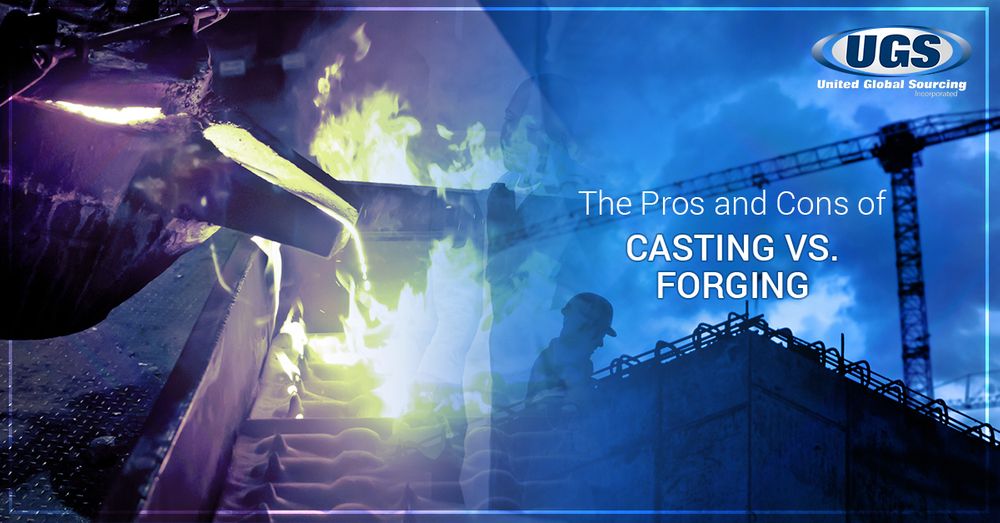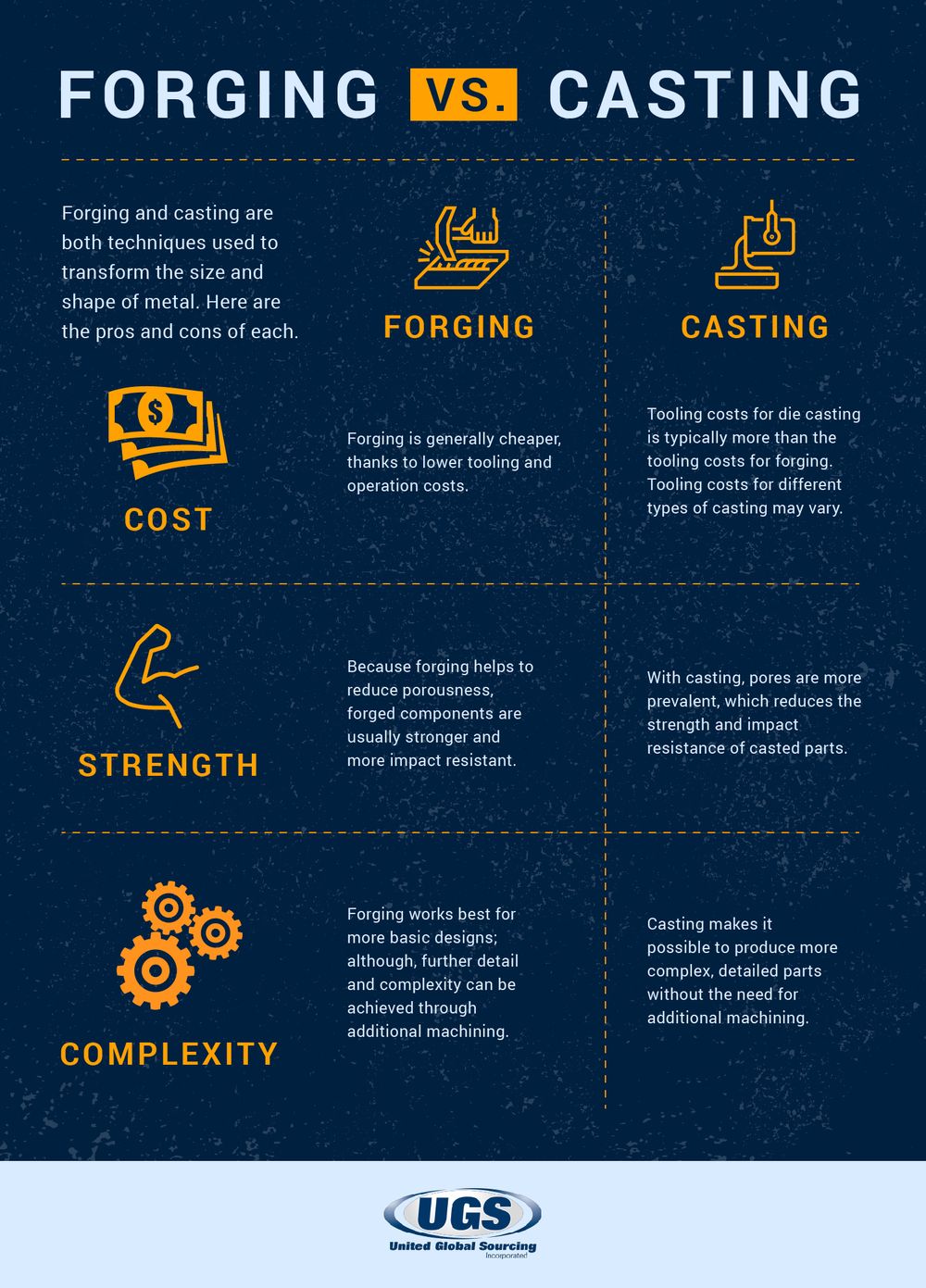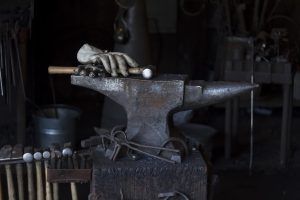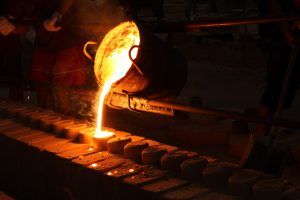As you can see, casting and forging are two very different method that each have their own pros and cons. But, how do you choose which one will best suit your manufacturing needs? Here are a few questions to ask yourself to help you determine whether casting or forging is the right choice for you:
#1. How complex is the part you need to make?
The complexity of your part will go a long way toward helping you figure out whether casting or forging is the right choice. Forging is restricted where complexity is concerned. If your part is overly complex, casting is a better option.
#2. How much impact does the part need to be able to handle?
Forged parts are less porous and stronger than casted parts, which means that they can also handle more impact. If your part needs to be able to withstand a certain amount of impact, choose forging instead of casting.
#3. Are you willing to invest in additional machining?
In order to achieve more detailed, complex shapes, further machining is often required with forged parts. With castings, there’s a much smaller need — if any — for additional machining.
#4. Is cost a concern?
Most businesses don’t want to spent more than they have to on the manufacturing process, and cost per cost, forging wins out over casting. That’s because forging requires limited reworking and scrap, and the tooling equipment and labor costs are also reduced. Plus, the materials are usually less expensive. Overall, forging is more cost-effective than casting.
#5. Does your part require any custom alloys?
With forging, custom alloys are much more difficult to get into the production process. On the other hand, with casting, alloys are added at the molten stage, which makes custom alloys much easier to achieve, including Nickel, Chrome and Moly.





